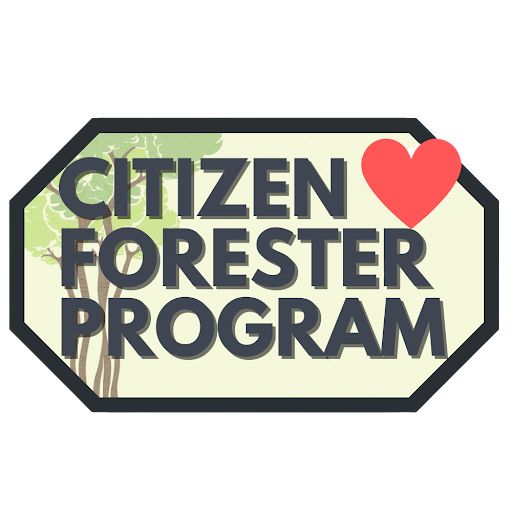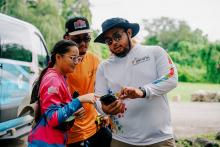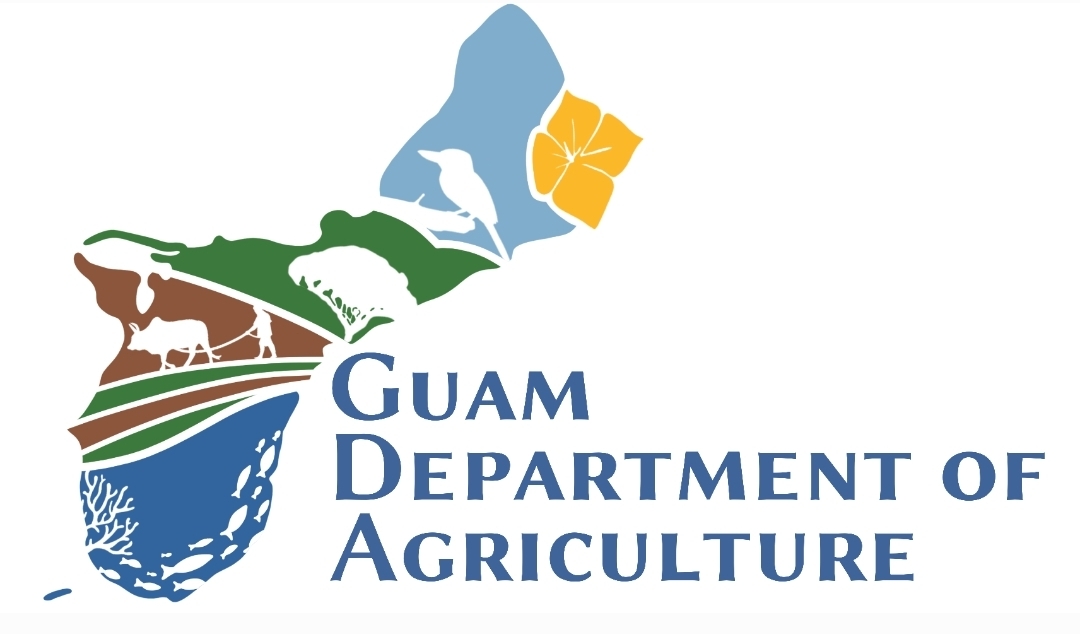Learning Standards/Objectives:
PHYSICAL EDUCATION
Standard 5: Responsible Personal and Social Behavior
HS.5.1 Demonstrate safe and appropriate use and care of equipment and facilities.
HS.5.2 Relate the benefits of physical activity to social and emotional well-being.
HS.5.3 Describe the potential physiological risks associated with physical activity in various environments.
HS.5.5 Develop strategies for inclusion of all students in physical activity.
BIOLOGY
BI. 1.6 Demonstrate by actions in the school community caring and respect for the environment and living organisms.
BI.2.26 Explain that the amount of life any environment can support is limited by the available energy, water, oxygen, and minerals, and by the ability of ecosystems to recycle the residue of dead organic materials; recognize, therefore, that human activities and technology can change the flow and reduce the fertility of the land.
BI.2.27 Understand and explain the significance of the introduction of species, such as the brown tree snake and other invasive species into Guam’s ecosystem, and describe the consequent harm to native species and the environment in general
BI.2.30 Recognize and describe how human beings are part of Earth’s ecosystems and that human activities can, deliberately or inadvertently, alter the equilibrium in ecosystems.
WORLD GEOGRAPHY
WG.3.2 Analyze how selected physical and ecological processes shape the Earth’s surface, including the following:
• How regional climatic patterns and weather phenomena affect people and places
• How humans influence the environment and are influenced by it
• How technology affects one’s ability to modify the environment and adapt to it
WG.3.6 Sequence the patterns of urban development, including the following:
•The concepts of site and situation to major cities in each region
• How the functions of towns and cities have changed over time
WG.3.7 Evaluate the unique influence of urban areas and some challenges they face.
WG.5.1 Categorize the types of natural, human, and capital resources and explain their significance, including the following:
• Their influence on patterns of economic activity and land use
• Different perspectives and consequences regarding the use of resources
EDUCATIONAL TECHNOLOGY
Standard 1: Creativity and Innovation
9–12.1.1 Produce original media products that incorporate different content areas using a combination of text, images, sound, music, or video for personal or group expression and inclusion in portfolios.
9–12.1.2 Analyze survey data, report information, and display the data in a variety of ways (e.g., tables, graphs) to support conclusions.
Standard 2: Communication and Collaboration
9–12.2.1 Interact and collaborate with others using a variety of digital communication tools (e.g., peer review and editing, debate, joint data collection) to support individual learning and contribute to the learning of others.
Standard 3: Research for Problem Solving and Decision Making
9–12.3.6 Select and use digital tools, instruments, and measurement devices to collect and organize data while conducting experiments, evaluating theories, and testing hypotheses.
9–12.3.9 Create an electronic portfolio (e-portfolio) of digital images, music, and custom animated projects.
Standard 4: Digital Citizenship
9–12.4.3 Follow protocols when accessing multiple digital communities (e.g., online lists and forums).
9–12.4.5 Practice responsible and appropriate use of technology systems, software, and information and comply with copyright laws.



 ●Before anything, make sure a teacher/counselor agrees to award you Service Learning Hours for your involvement in this project. This is who your reflection will go to.
●Before anything, make sure a teacher/counselor agrees to award you Service Learning Hours for your involvement in this project. This is who your reflection will go to.











